44+ Sample Painting Proposal
-
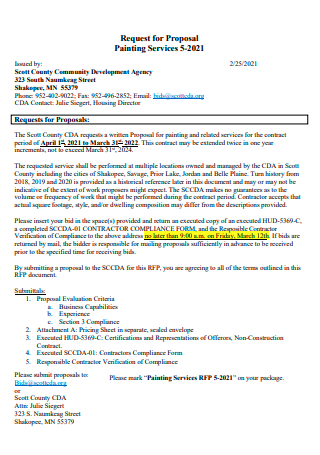
Painting Services Proposal
download now -
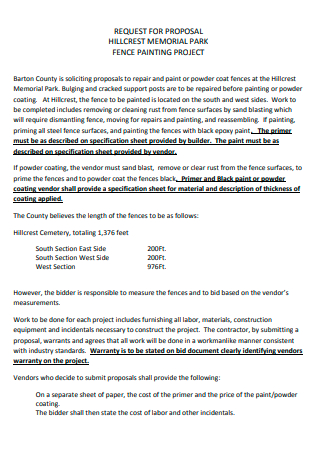
Painting Project Proposal
download now -
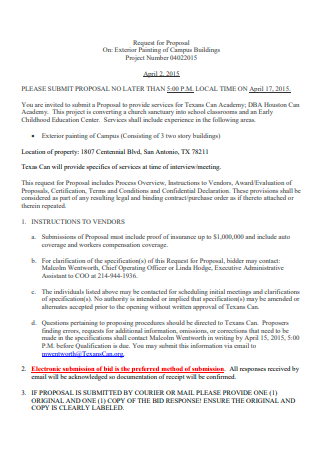
Exterior Painting of Campus Buildings Proposal
download now -

Interior Painting Services Proposal
download now -
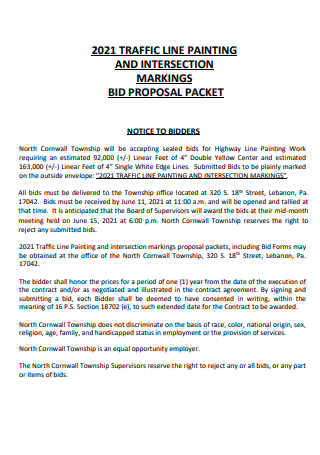
Traffic Line Painting and Intersection Markings Proposal
download now -
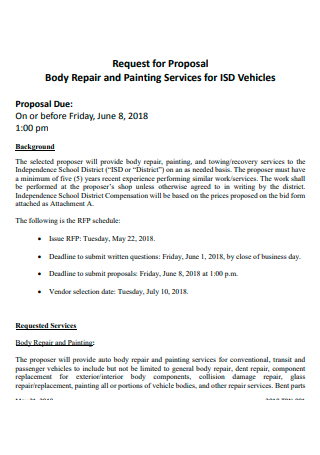
Repair and Painting Services For Vehicles Proposal
download now -

Residential Painting Services Proposal
download now -
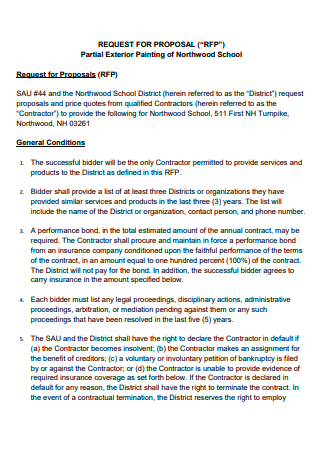
Partial Exterior Painting School Proposal
download now -
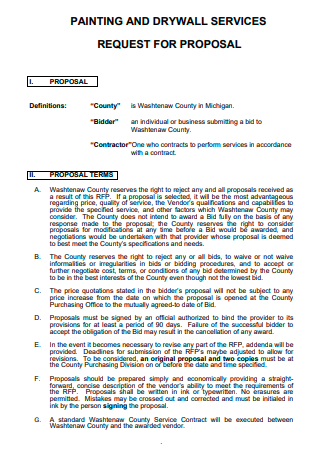
Painting and Dry Wall Services Proposal
download now -
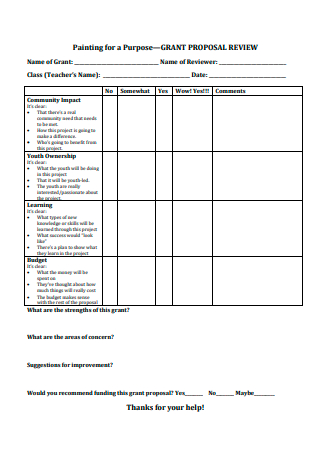
Painting Grant Proposal Review
download now -
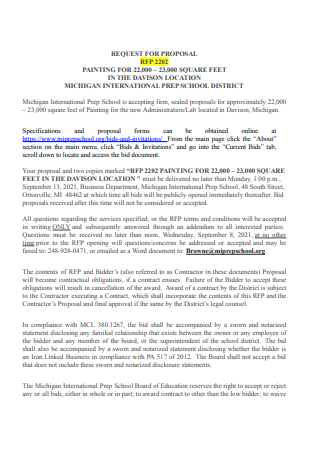
Painting For Square Feet Proposal
download now -
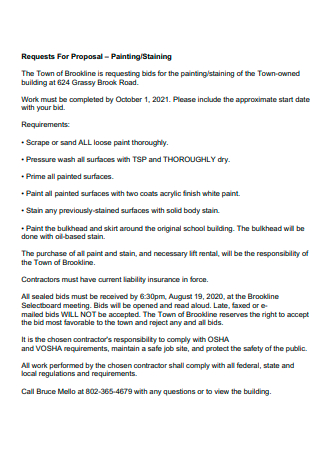
Painting Proposal Example
download now -
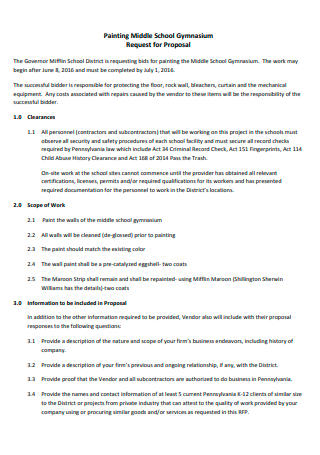
Painting Middle School Gymnasium Proposal
download now -

Simple Painting Proposal
download now -
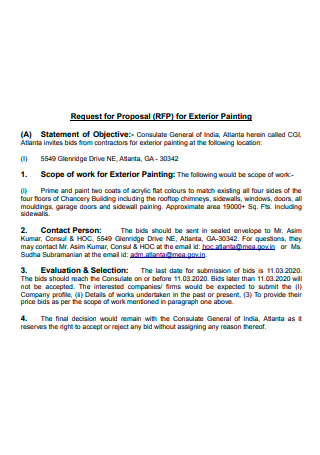
Exterior Painting Proposal
download now -
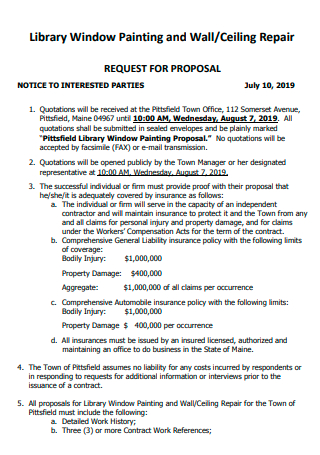
Library Window Painting and Wall Proposal
download now -

Standard Painting Proposal
download now -
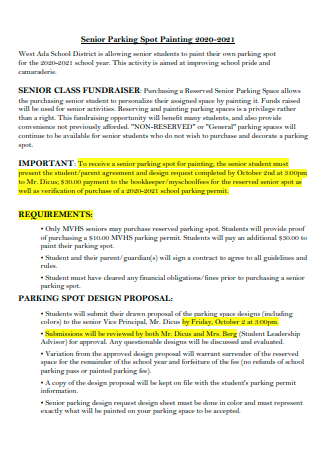
Senior Parking Spot Painting Proposal
download now -

Painting Form of Proposal
download now -
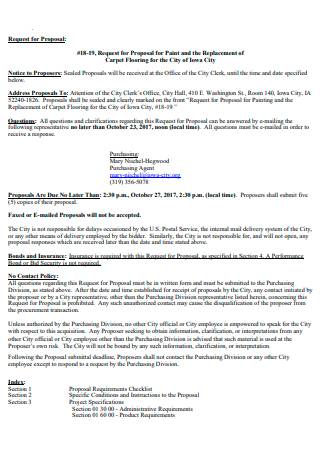
Painting and Replacement of Carpet Flooring Proposal
download now -
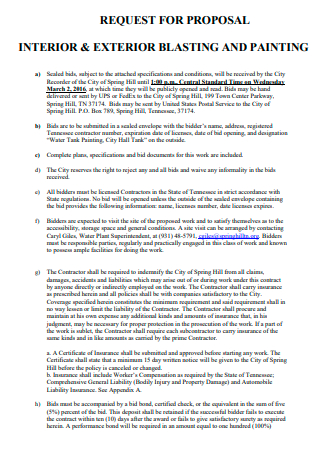
Interior and Exterior Blasting and Painting Proposal
download now -
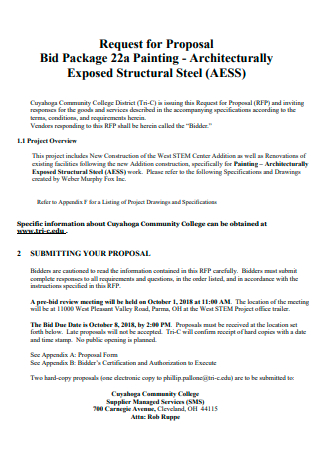
Printable Painting Proposal
download now -
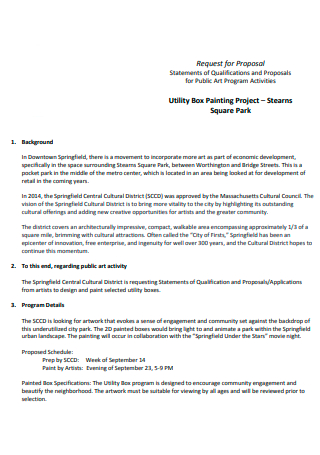
Utility Box Painting Project Proposal
download now -
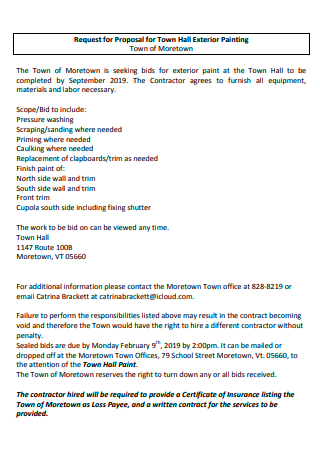
Hall Exterior Painting Proposal
download now -
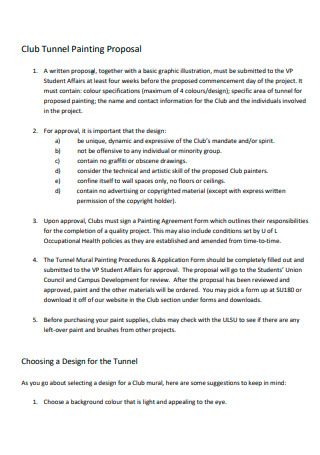
Club Tunnel Painting Proposal
download now -
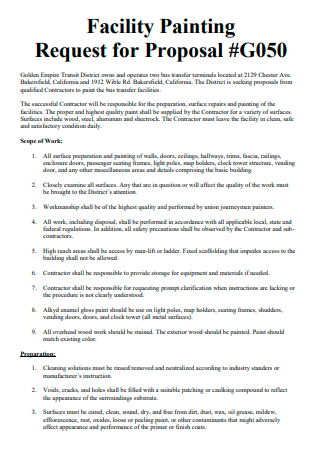
Facility Painting Proposal
download now -
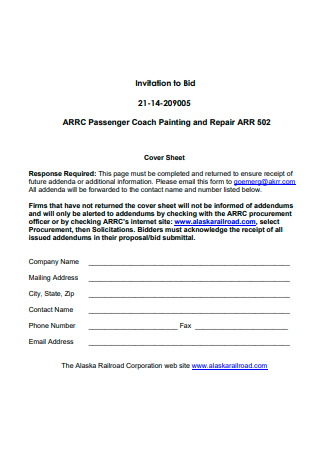
Passenger Coach Painting and Repair Proposal
download now -
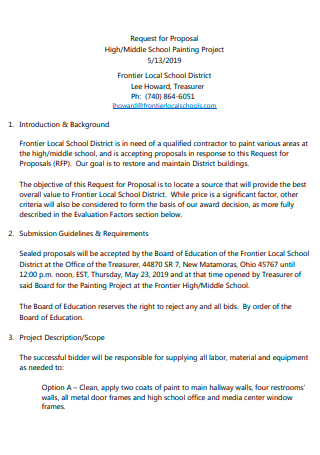
Middle School Painting Project Proposal
download now -

Painting Contractor Proposal
download now -
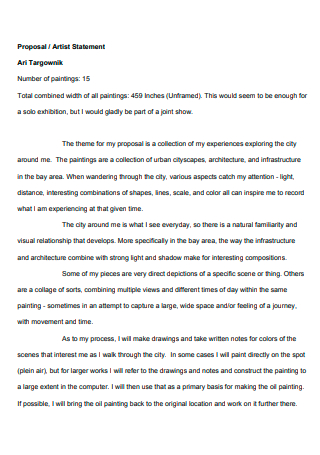
Painting Proposal Artist Statement
download now -
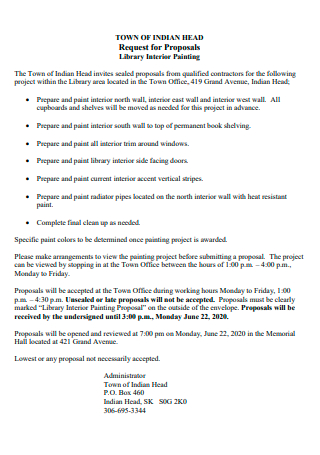
Library Interior Painting Proposal
download now -
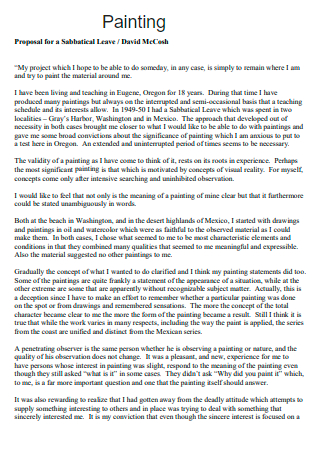
Painting Proposal in PDF
download now -
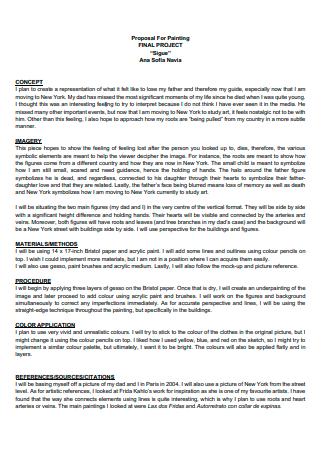
Painting Final Project Proposal
download now -
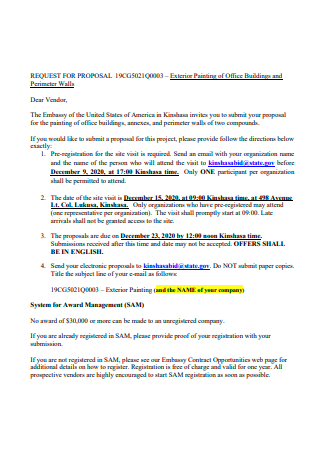
Exterior Painting of Office Buildings and Walls Proposal
download now -
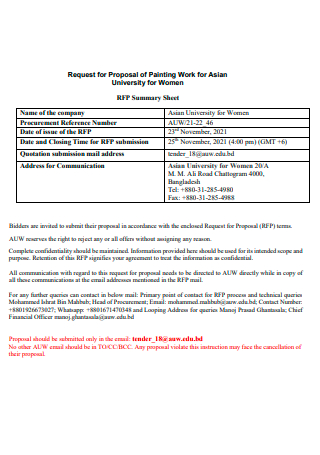
Painting Work Proposal
download now -
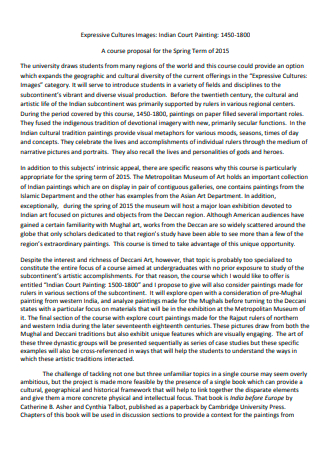
Court Painting Proposal
download now -

Conference of Painting Services Pre-Proposal
download now -
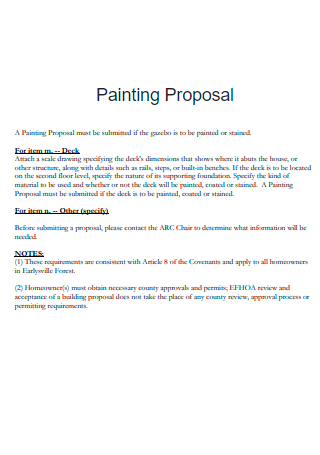
Painting Proposal Template
download now -

Sample Painting Proposal
download now -
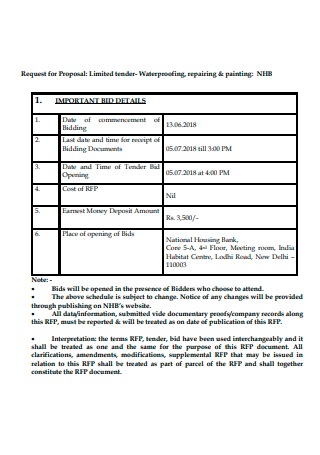
Painting Proposal Format
download now -
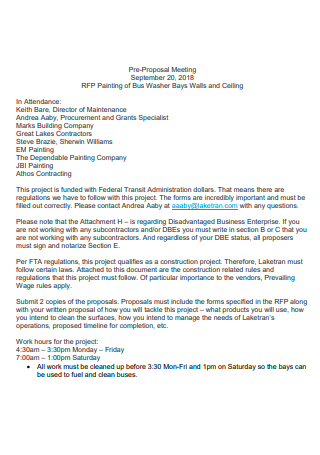
Painting Pre-Proposal Meeting
download now -
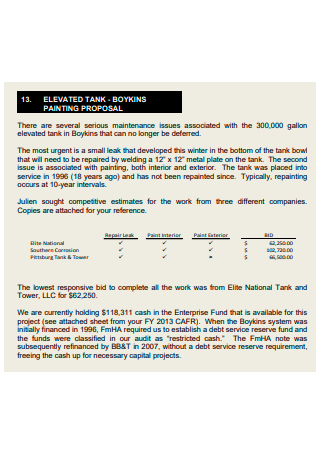
Tank Painting Proposal
download now -
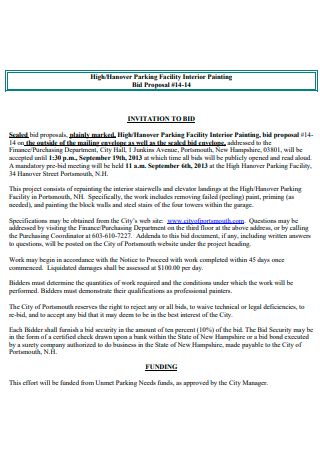
Parking Facility Interior Painting Proposal
download now -

Concrete Painting Proposal
download now -
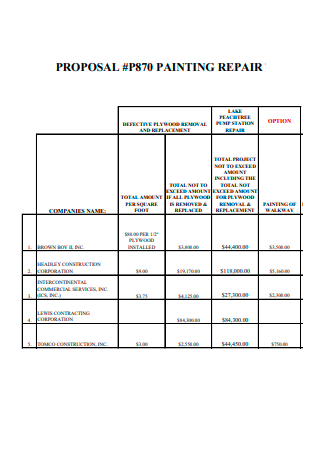
Painting Repair Proposal
download now
What Is a Painting Proposal?
A painting proposal is a document that presents a job request for painting. It comprises bidders’ terms and conditions. In addition to the requirements and services that are expected to be fulfilled. Furthermore, any financial obligations owed by the other party should be specified unambiguously. Additional information, such as how to contact the person, should also be supplied. That is for clarification and to ensure that bids are submitted in a timely manner. It should specify how to qualify as well as the terms for disqualification. Consult painting bid template above for more information.
Types of Popular Painting Techniques
Painting is a therapeutic pastime. Painting requires a delicate balance of mixing the paint to achieve the desired hue and being accustomed to the repetitive motion of the brush. It makes no difference if the canvas is a wall or an empty street corner. Painting techniques have changed and adapted in the same way that science has. Art events are no longer as exclusive as they once were. Similarly, the medium for art today cannot be contained within the four walls of a room. Younger generations have more access and opportunities to pursue their passion for art. Art projects can aid to stimulate their imagination. To be a master painter, though, you must first determine which painting approach is ideal for you. Six of the most popular painting techniques are listed below.
Benefits of Painting
Painting has real benefits, believe it or not. It is, admittedly, subjective to everyone. However, art always provides a level of freedom that is incomparable by any other job or hobby. Simply because understanding about approaches and using your imagination are quite important. This does not imply that it just caters to creative people. No, art is not exclusive. That is why, on any given day, anyone may take up a paintbrush and begin painting.
How To Write a Painting Proposal
There are numerous requests for painting services. It could be for a home, a traffic line, a fence, or a car. Using a painting proposal template also simplifies the process. However, here are the procedures to writing a painting proposal which you can also see in painting proposal samples above.
-
Step 1. Proposal Title and Introduction
The introduction could consist of a brief description of the organization in need of painting services. Or where and for whom they desired the painting job to be completed. The proposal title should also be directly related to the project’s general objective and goals.
-
Step 2. Terms and Condition
Terms are crucial in a painting bid proposal. Setting the parameters would include information about the company’s right to reject bids as well as how the bidder would be chosen. General terms describing what is expected of the bidder or what will be included in the final painting contract proposal. Terms and conditions must clearly define what the bidders are expected to do, from legal responsibilities to financial remuneration.
-
Step 3. Requirements or Services
The services they desire are among the things they expect from the painter or the company in charge. From how the painting should be done to what they anticipate seeing as a result. It should include a list of the critical aspects of the job for which the painter is accountable. It could include who is responsible for purchasing the paint or who is liable if something goes wrong. This part should be filled out if there is anything specific that the painter or firm should be aware of. This section should also provide the qualifications required for the painting job. Both in terms of experience and abilities.
-
Step 4. Additional Information
Contact information for the person proposing the proposal is included as additional information. And how bidders should get in touch with you as well as submitting their application. Dates, critical notices, and policies that the other party should be aware of are examples of supplementary information. It must cover all the ground required for the job.
FAQS
Why Is It Important to Make a Painting Proposal?
Painting proposals are required for painting job bidding. Particularly if it encompasses a wider scale as well as a wide range of services for the project. It acts as a document to which bidders can consult to properly qualify and bid. It can also assist in establishing the terms and conditions, as well as the services that are expected to be provided.
Is Painting Hard?
Painting is a skill that may be learnt, but it does not require any specialized training. Anyone with a brush could learn to paint. However, if we’re talking about techniques, teachers and reference materials are critical for efficient learning. Painting is not difficult; all it takes is devotion and a lot of practice to do some things properly.
How Do I Submit a Painting Bid?
Estimating expenses is vital in bidding, in addition to following the instructions supplied by the person who made the proposal. Bidding is based on who can provide the most money. However, the prices must be reasonable. Constructors charge by the square foot. Some companies charge $1.50 to $2.00 per square foot. Then they multiply that by the price of the paint. It should also compute the labor and material costs. Time may also have an impact on the anticipated expenditures.
Beauty is formed in the creator’s imagination and in the eyes of its audience. Painting, no matter how banal, has always played an important role. Whether a single painted line aids in traffic regulation or serves as a warning. They fulfill their function simply by existing. Doesn’t know where to begin? Download free painting proposal template above!
